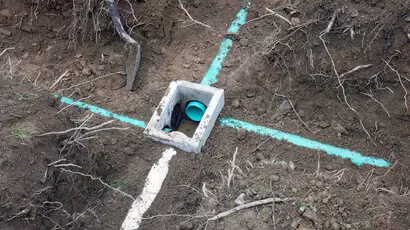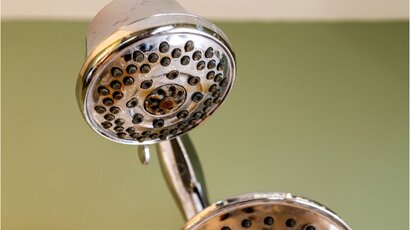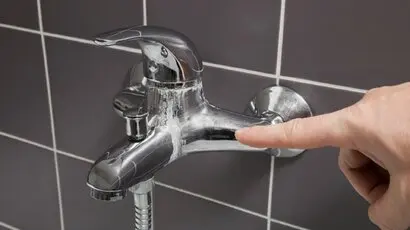Tips for New Septic Tank Owners
As a new septic tank owner, you have a lot to learn! This guide provides tips for keeping your tank in good condition and avoiding costly repairs.
Owning your dream home comes with responsibilities, and keeping the plumbing in top shape is a big one. From the get-go, you’ll want to ensure everything’s running smoothly to prevent any headaches down the track.
Looking after your septic system is one of the top priorities when it comes to plumbing. If you’re new to septic tanks, you might be wondering where to start, and that’s exactly why we’ve put together this handy guide for you.
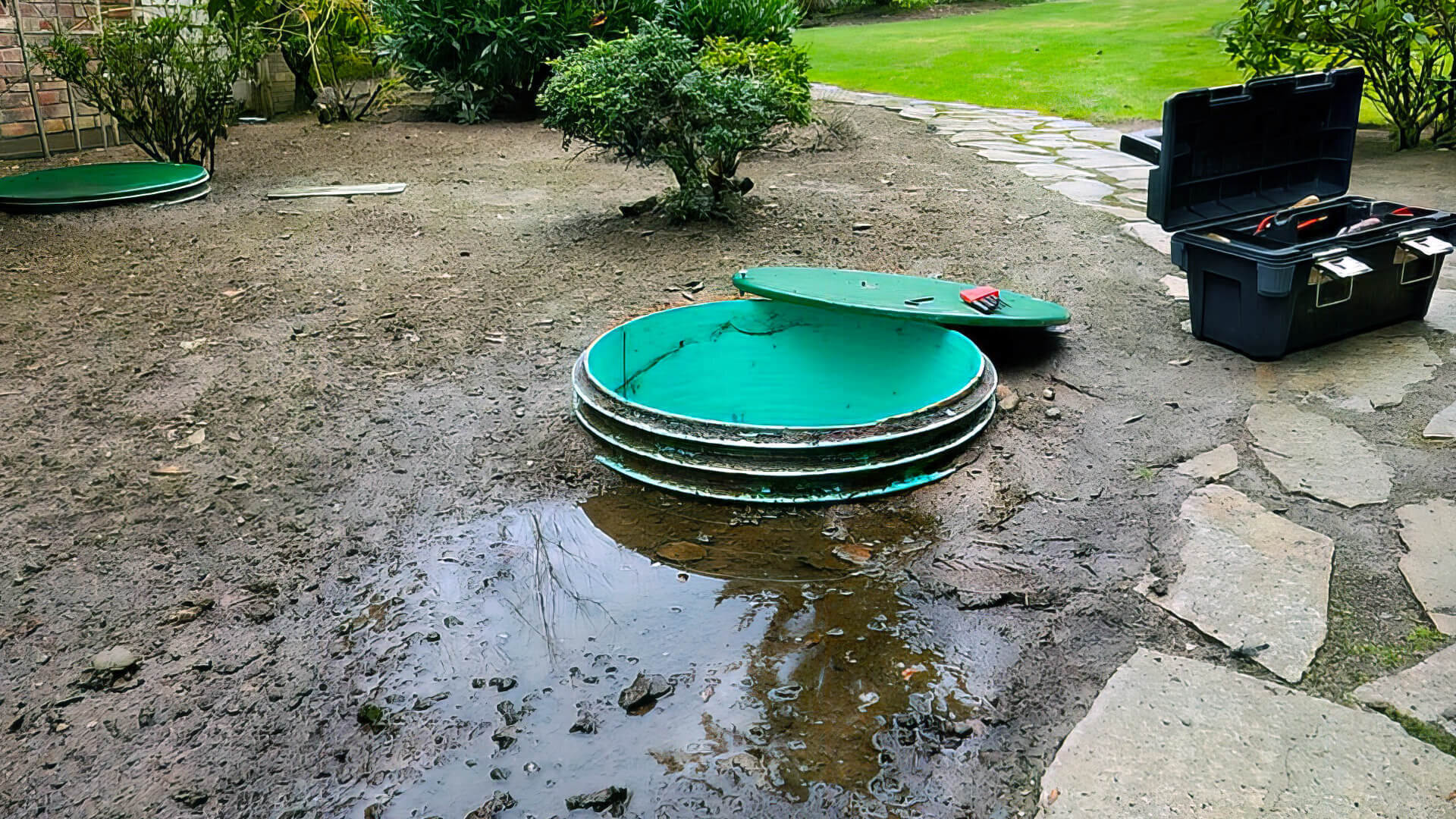
As a new septic tank owner, you may feel a little overwhelmed. But don’t worry! With a few simple tips, you can ensure your tank functions correctly and follows the best maintenance practices. From regular and professional inspections to proper garbage disposal, we will discuss septic systems in today’s guide!
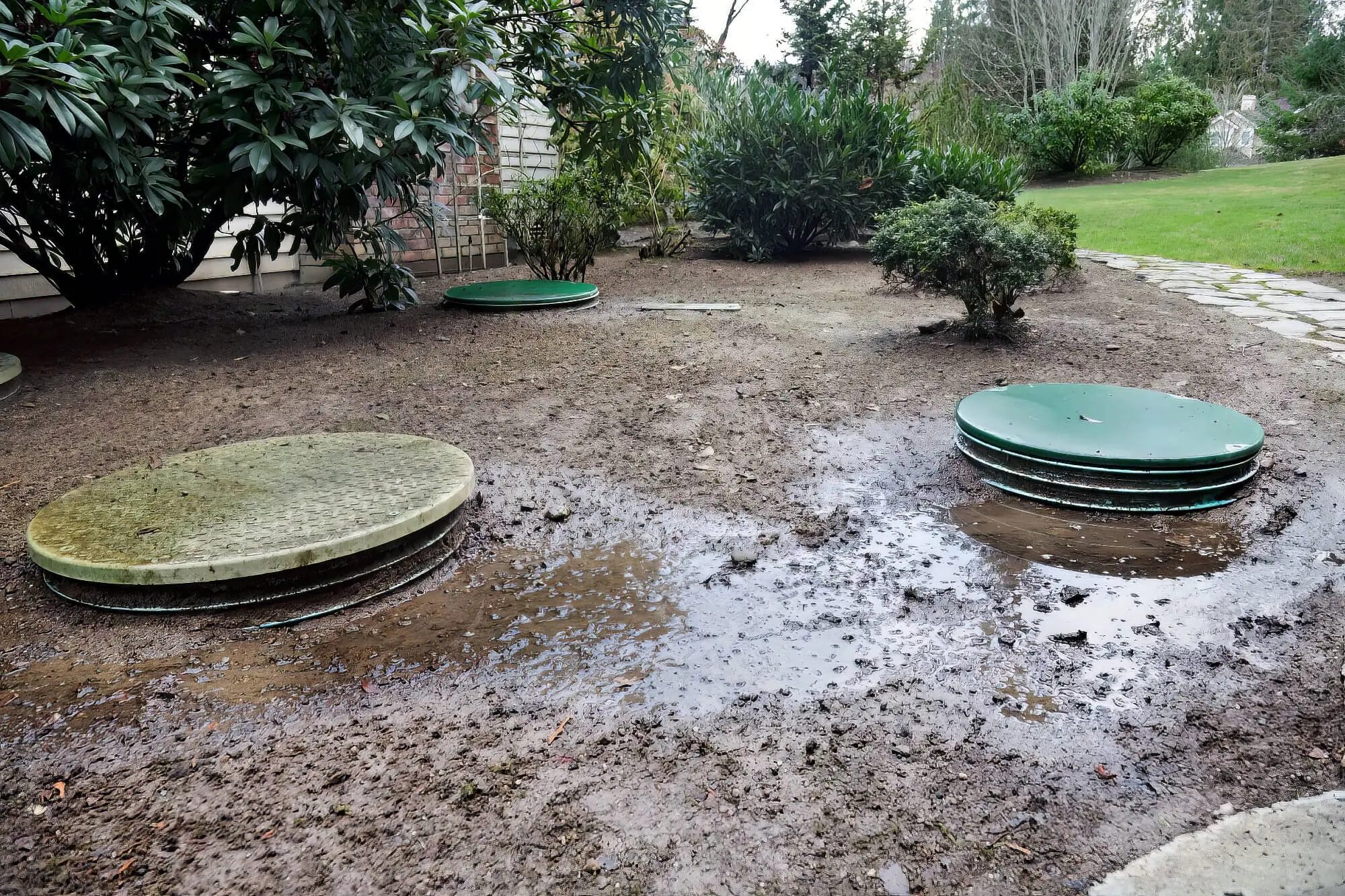
The important thing to remember is that it’s up to you to keep your septic system working well. Whether you take the DIY route, hire professionals, or do a bit of both, being familiar with installation and maintenance is key.
For instance, it’s really helpful to know where your septic tank is located and when it was last pumped. This info can save you a lot of time if issues like clogs arise, which you’ll want to address straight away.
A common misconception among many homeowners is that septic tanks need to be inspected only when there’s a problem (to figure out the exact issue). But this isn’t true, as regular inspections are crucial in keeping your septic system optimally functional.
In hindsight, regular checks will help you detect septic tank problems like clogs before they become severe and inflict more damage. This, in turn, will save you a lot of money and time that would have otherwise gone for repair purposes.
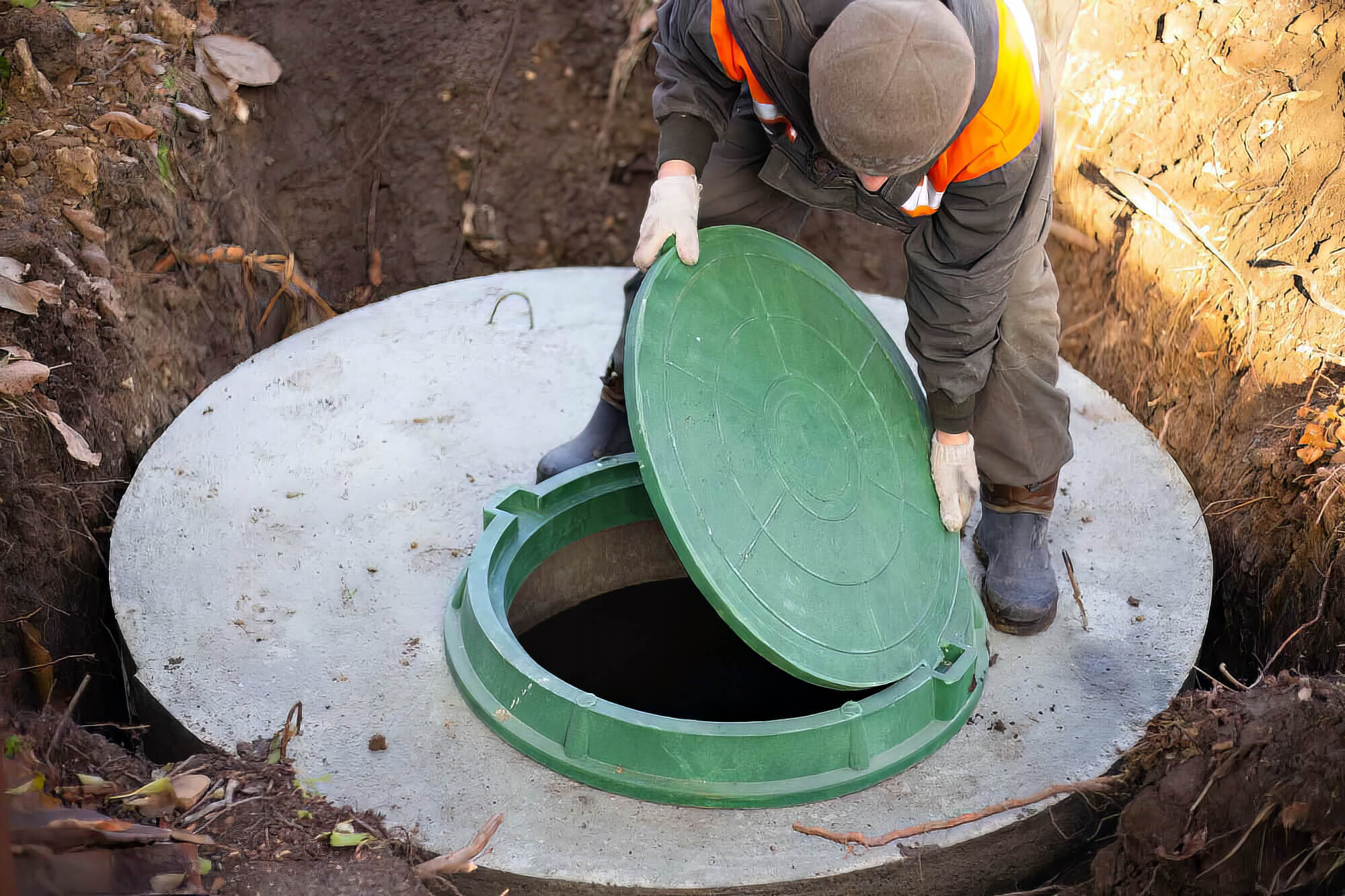
Remember that these inspections should be extensive, including the rest of the septic system, pipes, and the drain field near the tank. Otherwise, you may encounter a wholly damaged septic tank system.
As such, an average household septic system should be inspected every 3 to 5 years, if not more frequently. So, book professional inspection sessions accordingly.
Many first-time septic tank owners think septic tank pumping and cleaning are the same and do only one. However, both these processes are equally important.
Over time, your septic tank will accumulate undissolved scum, sludge, and human waste, which can cause severe backups and leaks if not removed. Not only that, but you may also risk sewage flooding by ignoring this for too long. But getting the septic tank pumped regularly will help you avoid this, so don’t forget to schedule septic tank pumpings.
Septic tank cleaning, conversely, is a more elaborate process involving a thorough tank cleanup, starting from septic tank inspections to cleaning it inside out. Cleaning the tank is also vital after septic pumping, but not all septic service providers clean the tank after pumping. So, choose the right professionals for your home’s septic system.
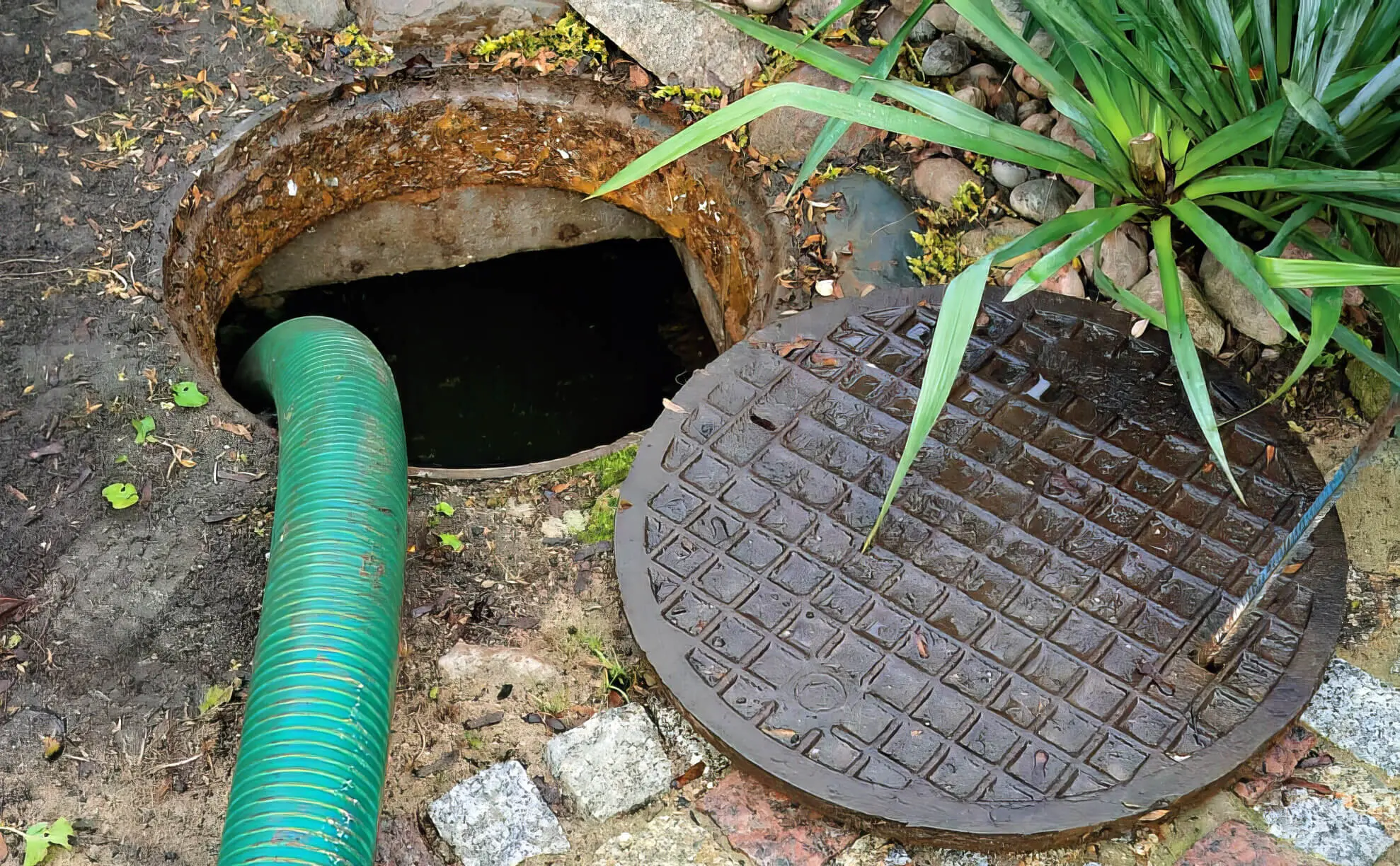
If you’ve moved into a new home and noticed trees growing near the septic tank, it’s in your best interest to relocate them. And if you’re designing your backyard from scratch, avoid planting trees near the tank and keep only grass cover around it.
While we’re all for looking after the environment, tree roots can be drawn to the moisture in your tank. They might end up breaking in, leading to cracks and leaks.
Besides, you may have damaged vegetation due to the flooding from the wastewater. And you don’t need us to tell you how expensive cleaning all the mess can become!
Since all the water flowing down your sump pump drains will ultimately accumulate in the septic tank, keeping the plumbing optimally functional can take much of the load off the latter.
For example, you should clean the pipes regularly to prevent plumbing fixture backups and replace them immediately when required. Opting for energy-efficient appliances like an energy-star washer and low-flow plumbing fixtures would be best.
Likewise, equip your sinks with faucet aerators and bathrooms with high-efficiency toilets. Besides facilitating cost savings on water bills, they will ensure optimal water flow, meaning your septic tank won’t be under any excess strain at any time.
We’d also suggest avoiding running multiple loads in the laundry too frequently, as the water filled with soap and dirt will land in the septic tanks faster than it can process. Get the laundry room drain tested periodically to ensure there are no blockages. As for the kitchen sink, ensure that the garbage disposal doesn’t clog the main outlet drain.
One crucial thing to remember is that your outlet drains are typically meant for draining water and less viscous liquids. So, ensure that all solid waste, like soap, food scraps, plastic, hair, etc., doesn’t enter the drains and is correctly disposed of.
Also, strictly avoid flushing toilet paper, paper towels, coffee grounds, oil pesticides, drain cleaners and harsh chemicals down the drain. These can severely damage septic systems (or the sewer system) by disrupting the internal pH levels and hindering their ability to break down waste effectively.
The kitchen sink, in particular, should be kept free of cooking oil and sludge layers formed by cooking grease or animal fat. Never pour chemicals down the drain to free up clogs or dissolve internally corroded bits, as they will do more harm than good.
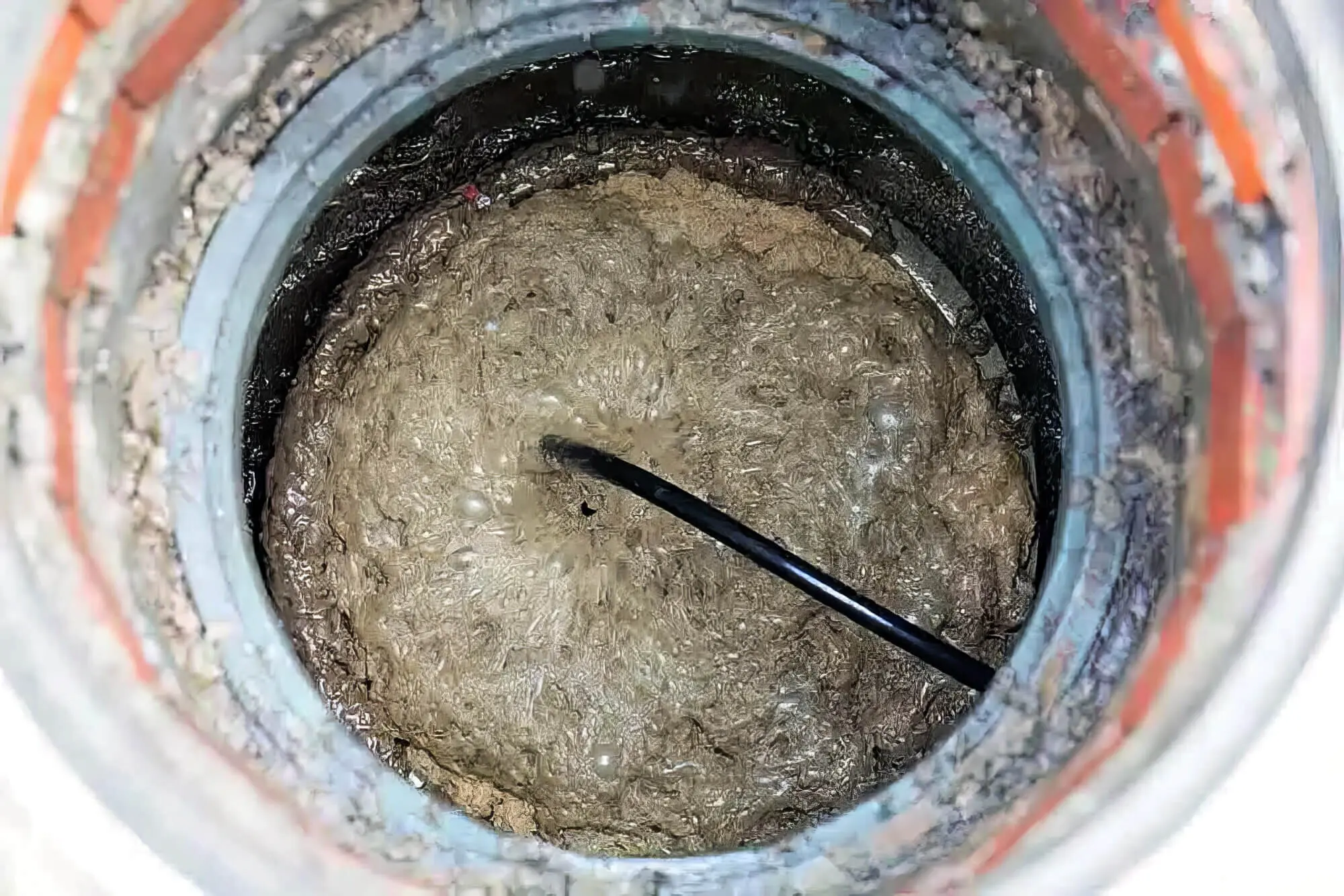
It’s vital to look after your septic tank, but never, ever step inside. The lack of oxygen and toxic gases can be deadly. If you’re doing your own inspections, make sure to wear a mask when you’re lifting the lid.
If you’re looking for a septic service provider, consider calling us at WP Plumbing Langwarrin. We ensure professional septic maintenance and proper treatment of your septic system, regardless of size and type. Not only that, but you can also contact us for septic system installation or to schedule professional plumbing maintenance. So, talk to our Melbourne plumbers today about how we can assist you.
Not pumping your septic tank can cause a range of serious issues. Find out what potential health hazards you might face if your septic tank is not properly maintained!
Is your shower leaking and you can’t figure out why? Mineral build-up might be the silent offender. Over time, hard water deposits can clog, crack or warp key parts of your plumbing, leading to sneaky leaks that can cause major damage. In this post, we’ll break down how it happens, what warning signs to look for, and how to stop it before your bathroom turns into a soggy mess.
Have you noticed a calcium build-up on your bathroom taps? Here are are methods for cleaning both stains and build-up on your faucets with simple DIY remedies!
